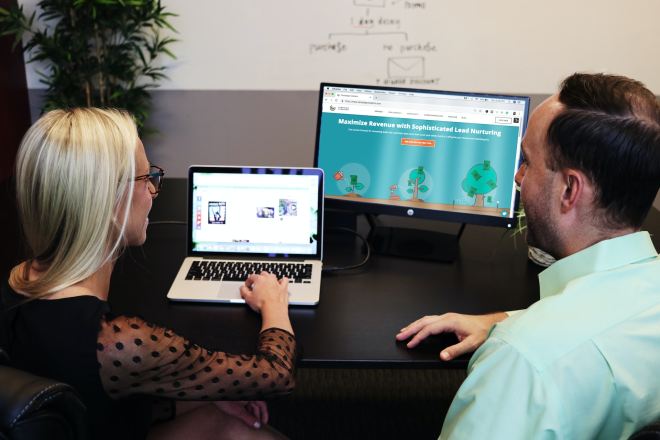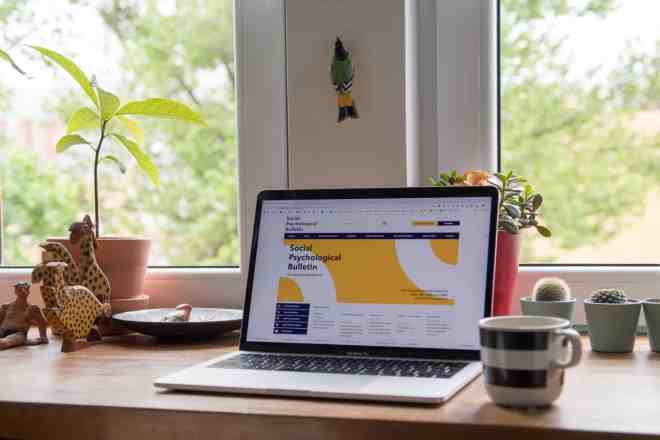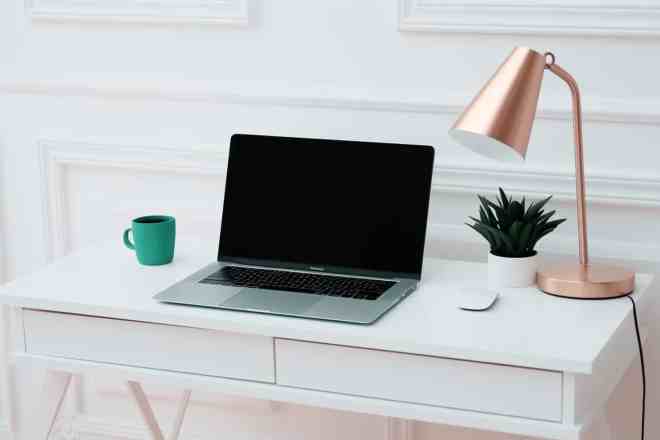A modal is a critical component of modern web design.
Consider this example. You’re browsing through a website, and suddenly, a window pops up, asking you to subscribe to a newsletter or offering a discount. This is a modal in action.
Modals are intriguing elements of web design and have become increasingly crucial in creating an interactive and engaging user experience. They are your secret weapon in crafting a digital environment that commands attention, provokes interaction and boosts user satisfaction.
Understanding modals — what they are, how they function, and how to use them effectively — is an essential skill for the modern web designer. Here, we’ll uncover the background of modals, enhancing your web design journey one click at a time.
What Is a Modal?
So, what exactly is a modal? In the simplest terms, a modal is a type of dialog box or pop-up window that appears on a website or application. It’s a dynamic and interactive element that temporarily interrupts the user’s interaction with a page, demanding some form of engagement.
Several unique characteristics define modals. They typically overlay the main content, shading out or blurring the rest of the page to draw focus. They also demand user interaction — either to dismiss them or to complete a particular task before you can proceed.
The beauty of modals lies in their versatility. They come in various forms, each serving a different purpose. Dialogue boxes, for instance, may pop up to confirm a user action or present important information. Lightboxes are another form of modals used primarily to highlight images or videos, enlarging them on the screen while dimming out the rest of the page.
Notifications windows can also be modals. They alert users about updates or changes within the site or app.
Overall, modals are strategic interruptions designed to guide users, grab their attention, or enhance engagement with a site or application. They’re a powerful tool in your web design arsenal, ready for effective deployment to shape a captivating user experience.
The Role of Modals in User Experience
Modals play a fundamental role in sculpting the user experience (UX) in web design. They serve as dynamic connectors between the user and the web interface, guiding actions, offering options and providing feedback.
Imagine a user trying to delete a crucial piece of data. A well-placed modal can pop up and ask for confirmation, potentially preventing a regrettable mistake. This interaction adds a layer of safety, reducing the risk of inadvertent errors and enhancing user confidence.
Another scenario could be a first-time visitor landing on your website. A modal can invite them to subscribe to a newsletter or offer a welcome discount. This provides a personalized experience and promotes engagement right from the start.
Furthermore, they are perfect for focusing users’ attention on specific content or actions. Consider a photo gallery on a photography website. When a user clicks on a photo, a lightbox modal can enlarge the image, allowing the viewer to appreciate the details without any distracting background noise.
In these ways and more, modals contribute significantly to UX. When designed thoughtfully and used judiciously, they can enhance user satisfaction, lead to better interaction, and drive desired actions on a website.
The Do’s and Don’ts of Using Modals
While modals are powerful tools in web design, it’s essential to use them thoughtfully. Here are some dos and don’ts to help you navigate the use of modals effectively.
The Do’s of Modals
1. Prioritize User Control
Always provide an easy way for users to close the modal, such as an ”opt-out” button, as they can generate a 14.32% higher conversion rate than one with a single action button. However, this tactic works best when it subtly plays on the fear of missing out. Overall, giving users options empowers them because you’re giving them more control over their browsing experience.
2. Keep It Simple
Ensure your modals are clean. They should convey a single message or task clearly and concisely. A simple, focused modal is far more effective than one overflowing with information.
3. Use for Immediate Feedback or Action
Modals are great for immediate feedback or prompting critical actions like confirming deletions or saving changes. Use them when instant attention is needed.
4. Design for Responsiveness
Ensure you design your modals to be responsive, adapting to different device sizes and orientations. This will maintain a consistent user experience across all devices.
5. Include a Clear Call to Action
If your modal intentionally guides users towards a specific action — like subscribing or purchasing — ensure the call to action (CTA) is clear and compelling. This can greatly increase the effectiveness of the modal.
The Don’ts of a Modal
1. Avoid Overuse
Overusing modals can lead to “pop-up fatigue,” making users more likely to dismiss them without reading. Reserve them for important interactions.
2. Avoid Hiding Essential Information
Modals should always be transparent and have information that is crucial to the main content or actions. Users should be able to see all the important details if they close the window.
3. Don’t Forget Accessibility
Ensure your modals are accessible, considering users who navigate via keyboard or assistive technologies. Use proper Accessible Rich Internet Applications (ARIA) roles and ensure all elements are keyboard-navigable.
4. Don’t Use Modals for Lengthy Content
If the content you need to display is long or complex, another alternative to a modal would be a better choice. Modals are more suitable for simple messages or tasks, and a better place for longer content would be on a new page or within the main content.
5. Avoid Disrupting User Tasks
Be mindful of when your modals pop up. If they appear while the user is in the middle of an important task, they can be more disruptive than helpful. Consider timing your modals strategically to enhance rather than hinder the user experience.
Leveraging Modals for Future Web Design
Modals hold considerable potential in the evolving landscape of web design. With growing trends like immersive interactive experiences and personalized content delivery, they could take center stage as facilitators of these trends.
In the near future, we could see modals becoming even more dynamic and intelligent, adapting to individual user behavior and preferences. For instance, AI-driven modals could provide users with highly personalized offers or recommendations based on their past interactions.
Furthermore, with the rise of virtual and augmented reality in web design, they could morph into three-dimensional interactive elements. This feature will transform the way users engage with digital interfaces.
The future of modals in web design is ripe with possibilities, promising innovative ways to enhance user engagement and experience.
Make the Most of Modals in Web Design
Modals are pivotal in modern web design. They drive user engagement, ensure interactivity, and shape a robust user experience. As web designers, it’s crucial to explore and experiment with modals. Master their use to craft compelling digital experiences so you can create one that truly resonates with your audience.
About The Author
Eleanor Hecks is the Editor-in-Chief of Designerly Magazine, an online publication dedicated to providing in-depth content from the design and marketing industries. When she's not designing or writing code, you can find her re-reading the Harry Potter series, burning calories at a local Zumba class, or hanging out with her dogs, Bear and Lucy.


